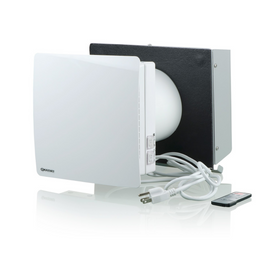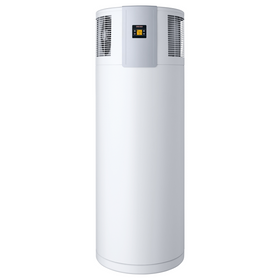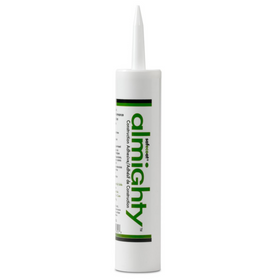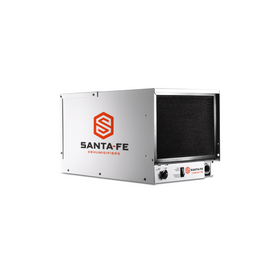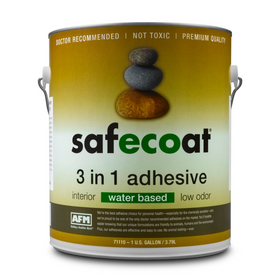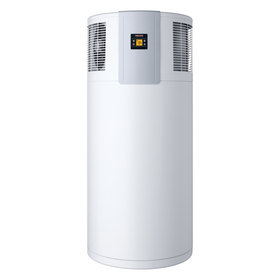
The First Certified Passive House in Dallas, Texas
Last Updated: Mar 17, 2025As people move towards sustainable housing alternatives continues to gain steam, there are certain areas of the country that are best prepared to make that shift. Urban, metropolitan areas are generally more open towards housing alternatives, and while it is a myth that sustainable homes are always more expensive than their traditional counterparts, some urban areas across the country offer a sense of financial affluence and stability that can make sustainable housing more of an economic possibility for a larger segment of homeowners.
Dallas, Texas is one of the areas in the country where sustainable housing could certainly be poised for major growth. With relatively mild winters (the average low in January is only 39 degrees), the heating needs of homes in Dallas are significantly less than in other areas of the country. Because heating accounts for an average of 42 percent of a home’s energy usage, the favorable winter climate of Dallas also means that energy efficiency and renewable energy solutions could cover much of a home’s energy needs.
In economic terms, Dallas has the fastest-growing population of millionaires in the country, and the economy is booming. The 3.6 percent unemployment rate is lower than the national average, and recent job growth is double that of the rest of the country. A relatively high sales tax has allowed the city government to invest in game-changing environmental policies and also develop a sustainability plan that is moving the city as a whole towards a more sustainable future.
Following this description, it shouldn’t come as a surprise that the first certified passive house was recently built and hit the market in Dallas. Below, we take a tour through this amazing home that symbolizes the coming evolution towards more sustainable housing in Dallas.
The Dallas Passive Home
The father-son building team of Fagin Partners wanted to build the first internationally certified passive house in the state of Texas. From the outside, this four-bedroom, four baths, 3,230 square foot home looks like most every home on the suburban block where it is located. In terms of energy performance, however, this home is significantly different from its neighbors.
Table of Contents
- Design Elements
- Smart Landscaping

Following the standards set forth by the International Passive House Association, this home is almost 100 percent airtight. Besides focusing on an extremely air-tight housing envelope, the home is also super-insulated with 14-inch thick exterior walls and an 18-inch thick roof, which achieves an impressive R-34 insulation rating in the walls and an R-48 rating for the roof.
The walls are insulated with cellulose and foam, while the roof specifically relies on cellulose insulation. This super-insulated home drastically reduces the need for extra heating and cooling. Even during an unexpected winter storm with sharp temperature changes, it would take at least 24 hours for the heating system to have to turn on. The extreme insulation and airtightness of the home will also help to reduce noise pollution from the outside—an important factor, since the home is located only a few blocks from an airport.

The heating and cooling systems incorporated into the home, then, are essentially backup sources that only need to be used during extreme weather events. The home has been listed for sale and has had a steady stream of visits from potential homebuyers and open house events. Even with all of the lights and appliances turned on to showcase the home to buyers, the home’s electricity usage has averaged out to be about $1 per day. (For comparison purposes, on average, homes use 867-kilowatt hours (kWh) of electricity per month. With the average cost of electricity at 12.47 cents per kWh, that means the average monthly bill is $108).
Design Elements
As a modernist construction focused on sharp geometrical shapes, this sleek, two-story home was built as a series of tiered boxes. The fact that those boxes rise as the home moves backward allowed the builders to incorporate a unique half-butterfly roof.

In terms of energy performance, the home smartly divided the heating and cooling system from a separate air quality management system. While many homes rely on a single system to cool, heat, recirculate, filter, and de-humidify the air, this passive house has a great air purification system that allows for optimum interior air quality. Because of the extreme air tightness of the home’s building envelope, this was essential to avoid issues with humidity buildup and other potential interior air quality problems.

A MERV 13 furnace air filter removes all impurities from incoming air before pumping that fresh air into the home. In fact, this filter has the ability to purify air of bacteria, droplet nuclei (sneezing), cooking oil, most smoke and insecticide dust, most face powder, and most paint pigments. Not only does this ensure that common allergens will not be released into the home, but it will also avoid common VOCs that can compromise your health.
The house also includes an energy recovery ventilator (ERV) that uses the return vents throughout the home to pump stale interior air outside the home. This air quality system makes sure that even micro-allergens don’t enter the home, thus increasing overall comfort levels.

This Dallas passive house also incorporates high-performance windows and doors throughout the home to avoid heat loss during the winter while minimizing heat gain during those hot Dallas summers. While the home doesn’t currently have a solar panel system in place, it was built to be solar-ready, meaning that the home and its average of one dollar daily electricity demand could easily become a net-zero energy home.

The structure also includes a full array of smart home technology, including a smart thermostat. Essentially, this high-performance home can be completely controlled from a series of apps that can be downloaded to the future owner’s smartphone.
Smart Landscaping
Last year, an extreme drought that affected much of the state of Texas led to ruined lawns and even cracked the foundations of several homes around the Dallas and Fort Worth area. Unpredictable climatic events that stem from global climate are convincing Dallas homeowners to reconsider their landscaping strategies and transition away from those manicured green lawns dependent on huge amounts of irrigation (and mowing).
In an attempt to reduce water consumption and allow the home to become a regenerative part of the local landscape, the passive home in Dallas includes a complete rainwater harvesting system that can hold upwards of 2,500 gallons of rainwater. Even during extreme droughts, then, this system can irrigate the entire yard. Incredibly, over three miles of drip irrigation tubing are buried throughout the property. This allows the yard to be thoroughly irrigated while avoiding water evaporation—a common problem that can account for wasting 30 to 50 percent of the water.
This buried, drip irrigation system also helps to avoid erosion and stormwater runoff, which are common due to overwatering. Since the home relies completely on water harvested from its rooftop, it is also able to avoid city-regulated watering restrictions. While neighboring lawns are dry and burned, this home will be able to maintain a lush landscape throughout the year.
Tobias Roberts
Tobias runs an agroecology farm and a natural building collective in the mountains of El Salvador. He specializes in earthen construction methods and uses permaculture design methods to integrate structures into the sustainability of the landscape.


